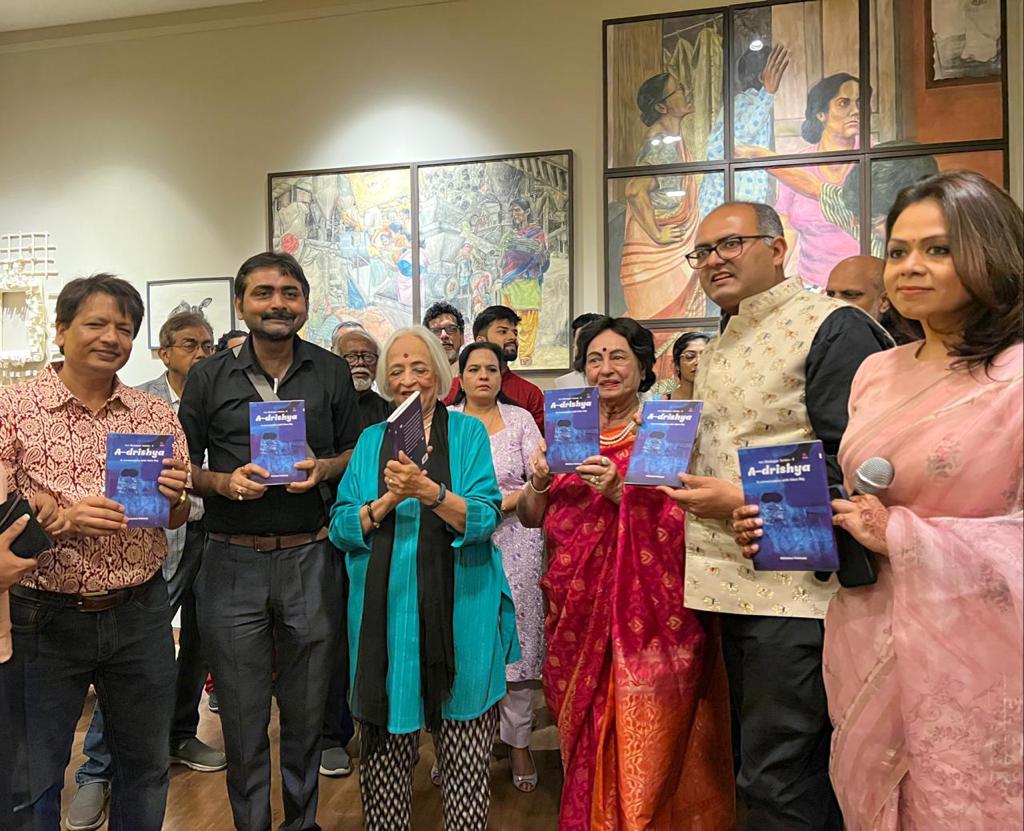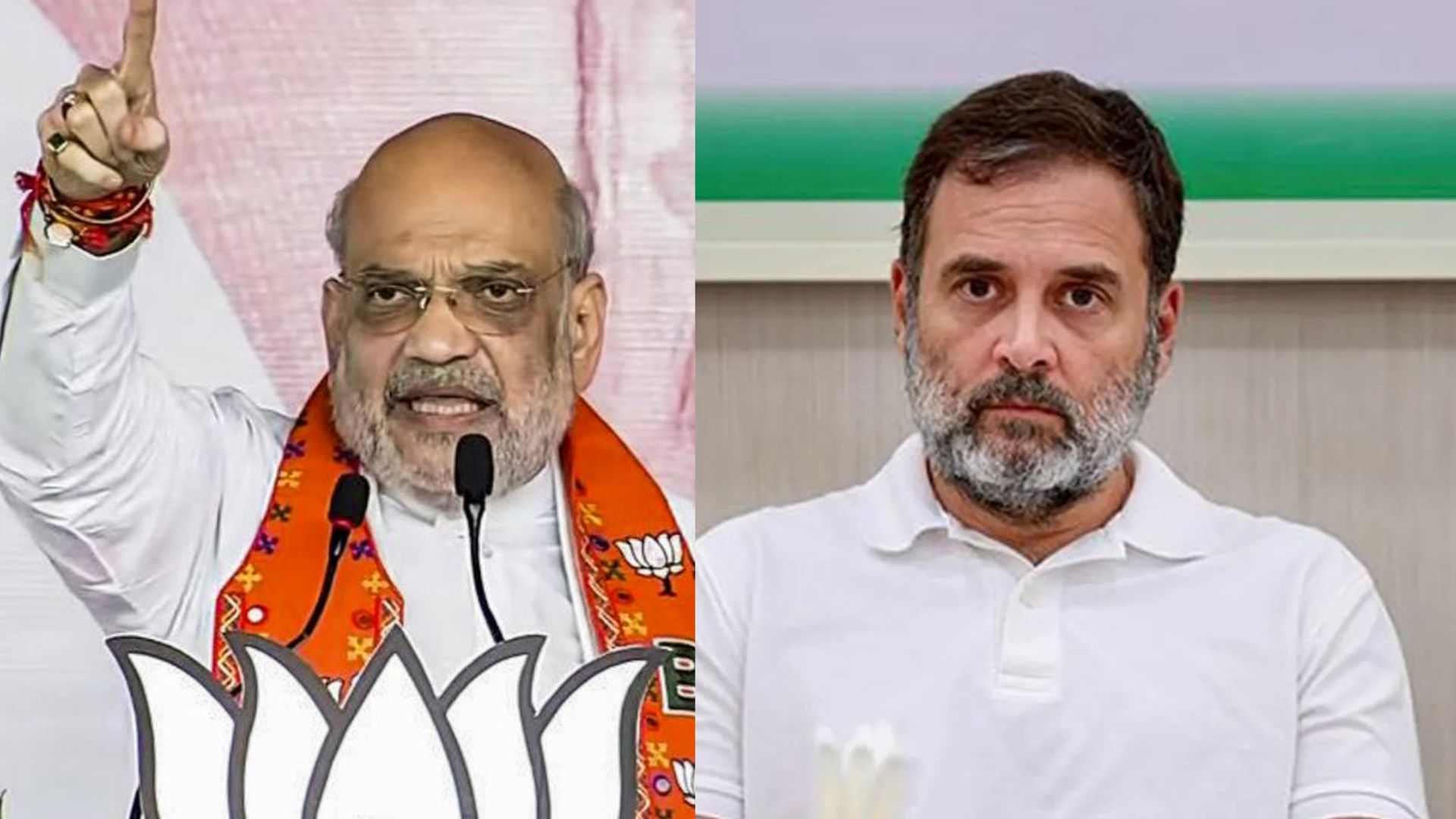
Recently at Dhoomimal Gallery a book on Indian contemporary renowned artist Hemraj entitled A-Drishya (Art Dialogue Series-1) was released by eminent artists Anjolie Ela Menon and Jagdish Dey in the august presence of a lot of invitees and art lovers. This book is written by Abhishek Kashyap. Though he is not an artist or a real art lover, he wasn’t able to capture the pulse of the artist properly.
Though his works are in abstract format but if one can see very minutely then it can be revealed that there always lies a nostalgic feeling which is absolutely of his own. The design elements reflected in his works are not attributed by the artist; rather those are a spontaneous overflow. Very controlled and swift swirling brush work not only roams about in his work but also includes the viewer. He tries to create depth and dimension by juxtaposing warm and cool colours like vermilion, yellow, blue, green and mauve and sometimes his brushstrokes are reminiscent of white birds flying into the open sky. Not only free movement of colours but also tonal variations and few lines here and there- this is the world of Hemraj. His paintings are as if to be absorbed. The tonal ranges of his works are really amazing. There are colours, tones, forms and above all a landscape or we may accept it as ‘Mindscape’. We see a landscape and yet don’t recognize it as one.
Landscape is the beginning of these works and they end up in abstraction. We may recognise his works as ‘Neo-Abstraction’.
In a candid conversation writer Abhishek Kashyap said, “Hemraj has a deep understanding of the forms. These forms are made up of colours and a beautiful combination of colours and shapes sometimes. His paintings evoke a unique experience in their treatment of colour, the formation of shapes, tones and textures. His paintings are about wait and leisure. A certain kind of artistic neutrality beyond the mono-linearity is seen in his paintings creating a polymorphic landscape. It is hoped that this first book of the art-dialogue series of ‘India Telling’ will be welcomed with open arms by a large section of literary-artistic readers.”














